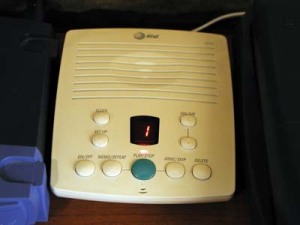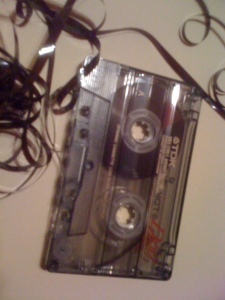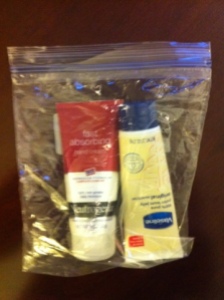Remember when you weren’t offered a rewards card at every store you went to?
I do.
In the beginning supermarkets offered discounts through coupons, which required clipping and a fair amount of chutzpah at the check out line. Then one day, a supermarket executive says, “Hey, if we’re going to offer discounts, we may as well track our customers’ purchases so we know exactly how many Tombstone pizzas or Cottonelle moist wipes they consume in a week.”
And an intern asks, “But how will you accomplish that?”
And the executive replies, “Don’t they teach you anything at that fancy Ivy League school? We will track their purchases with plastic. Plastic is the answer to all our problems.”
And the intern, stinging, asks, “But what will you call this piece of plastic?”
And the executive leans back in his chair, and laces his hands behind his head, and looks out the large window of his corner office at a brilliant Manhattan sunset, and exhales through his nose. “We will call it a ‘rewards card,’” he says, “so that the customers think they are being rewarded.”
I remember that supermarkets were the first to offer rewards cards. Then electronic stores climbed aboard. Then liquor stores. Then Panera. Funeral homes will probably be next, offering a rewards card that can be affixed to a toe.
My wallet is thick enough to give me back problems solely because of rewards cards. And most of my rewards cards are in my sock drawer. I keep them there so that no one will steal them and get discounts under my name. Unfortunately, this arrangement carries the risk that I will go to a store without its rewards card.
There is nothing more devastating than shopping at a store and waiting on the check out line and getting to the cashier and getting excited because the next time you walk through the doors of your home will be with a 36-pack of Coors Light and two boxes of Yodels, and then realizing you left your rewards card next to the argyles. I was involved in one such incident.
“Sir, do you have a rewards card?” asks the cashier, who looks like the guitarist from Phish.
“Oh, uh, yes,” I say, making a show of looking for the card. “Yes, I think it’s here somewhere. I know I’ve got one…” I’m expecting him to say, “Oh that’s all right,” and just swipe the “cashier’s” rewards card that should be attached to the scanner by a piece of twine. But it’s not there, and he’s not saying anything. And the people behind me are getting impatient.
A woman offers her card. “Oh, no,” I say, wondering how much protest is appropriate before I save three dollars under the name of this kind stranger. I even put up one hand while using the other hand to fish around in a pocket I know is empty.
“No, really,” she says, “It’s all – “
“Well, okay,” I say. The woman offers her card to the cashier.
“Um,” says the cashier, “I’m really not supposed to do this.”
I’m an adult buying Puffins and getting red tape from someone who probably takes cigarette breaks to watch Lord of the Rings on his cell phone. He repeats that he’s “not supposed to do this” and, after some pleading from everyone on the line and my sworn affidavit that I’ll never do it again, he lets me use the kind woman’s rewards card.
In retrospect, I don’t know why I cared about the discount that much. Had coupons still been the dominant discount vehicle I would have paid top dollar for my Puffins without batting an eye. Perhaps I’ve been wrong about these rewards cards. Perhaps their purpose is not just to track the consuming practices of an unsuspecting public.
Perhaps rewards cards are meant to bring impatient strangers closer together.
Thanks to Jennifer Albright for the topic.







